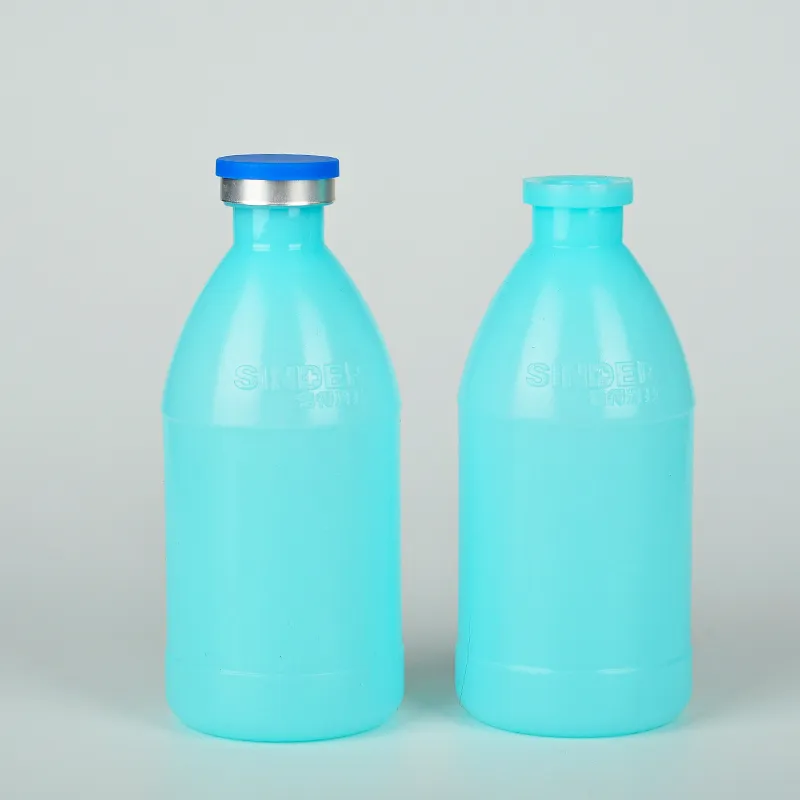https://www.wahmg.com/)">
Exploring the Science Behind Dropper Bottles and Their Practical Applications in Laboratories
Exploring the Science Behind Dropper Bottles and Their Practical Applications in Laboratories
The Science Behind Dropper Bottles A Small Tool with Big Impact
Dropper bottles, often overlooked in the grand landscape of scientific equipment, play a significant role in various fields, from chemistry and biology to medicine and cooking. With their simple design, typically consisting of a glass or plastic vial and a rubber bulb, dropper bottles have been essential for accurately dispensing small amounts of liquids. This article delves into the science behind dropper bottles, exploring their design, functionality, and the principles that govern their use.
Design and Structure
The typical dropper bottle features a cylindrical body that houses the liquid, a narrow neck, and a rubber bulb attached to a dropper pipette. The materials used in the construction of dropper bottles can vary. Glass is often favored for its inertness and impermeability, making it suitable for storing a wide range of substances, including corrosive chemicals. On the other hand, plastic may be used for its lightweight and shatter-resistant properties.
The design of the dropper itself is critical to its function. The pipette's narrow tip not only controls the flow of liquid but also allows for precise measurements. When the bulb is squeezed, it forces air out of the pipette. Releasing the bulb creates a vacuum that pulls liquid into the dropper. This principle of air pressure is fundamental to the operation of all dropper bottles.
The Science of Liquid Dispensing
When it comes to using a dropper bottle, the interaction between liquid and air pressure is a fascinating topic. The liquid inside the dropper is held in by surface tension, which is the cohesive force between liquid molecules at the surface. This tension, combined with the vacuum created in the pipette, allows for a controlled discharge of fluid when the bulb is squeezed.
dropper bottle science

The size of the drop produced can be influenced by several factors, including the viscosity of the liquid, the diameter of the pipette's opening, and the speed at which the bulb is released. Thicker liquids, such as oils or syrups, tend to form larger drops due to their higher resistance to flow. In contrast, more viscous liquids may create smaller drops, highlighting the versatility of dropper bottles as tools in both scientific experimentation and culinary applications.
Applications in Science
In laboratories, dropper bottles are invaluable for various tasks, such as adding reagents to experiments, delivering precise quantities of solvents for dilutions, or measuring out samples. In microbiology, they can be used to distribute growth media or antiseptics, making sure that accurate dosages are administered. The precision that dropper bottles offer is crucial in preventing experimental errors that could arise from incorrect measurements.
In chemistry, they serve as essential equipment for titrations, where small quantities of a titrant must be added slowly and deliberately to a solution until a reaction endpoint is reached. The ability to control the flow and volume of liquids precisely is fundamental to achieving reliable and reproducible results.
Beyond the Lab
While dropper bottles are widely used in scientific settings, their practical applications extend into everyday life. In the world of cooking, they help chefs manage the flow of oils, vinegars, or sauces. Aromatherapy practitioners use dropper bottles to dispense essential oils accurately, ensuring the correct blends are created for therapeutic purposes.
In conclusion, dropper bottles are a small yet powerful tool that embodies the principles of physics and chemistry in their design and use. Their ability to dispense precise amounts of liquid has made them indispensable in scientific laboratories and kitchens alike. Understanding the science behind dropper bottles not only enhances our appreciation of this tool but also emphasizes the importance of precision in experiments and everyday applications. Whether you are a scientist conducting research or a chef perfecting a recipe, the humble dropper bottle proves that sometimes the smallest tools can have the most significant impact.
-
Wholesale Plastic Juice Bottles with Caps 16 oz Options Available Bulk Packaging SolutionsNewsJun.10,2025
-
Laboratory Apparatus Reagent Bottle – Durable & Chemical Resistant Bottles for Safe StorageNewsJun.10,2025
-
Squeezable Dropper Bottles Durable, Leak-Proof & CustomizableNewsMay.30,2025
-
Affordable Plastic Petri Plates Sterile & Disposable Lab-GradeNewsMay.30,2025
-
Eye Dropper Caps Precision 24/410 & Plastic Bottle-Compatible TipsNewsMay.30,2025
-
Affordable Mini Spray Bottle Price & Wholesale Deals Shop NowNewsMay.29,2025





















